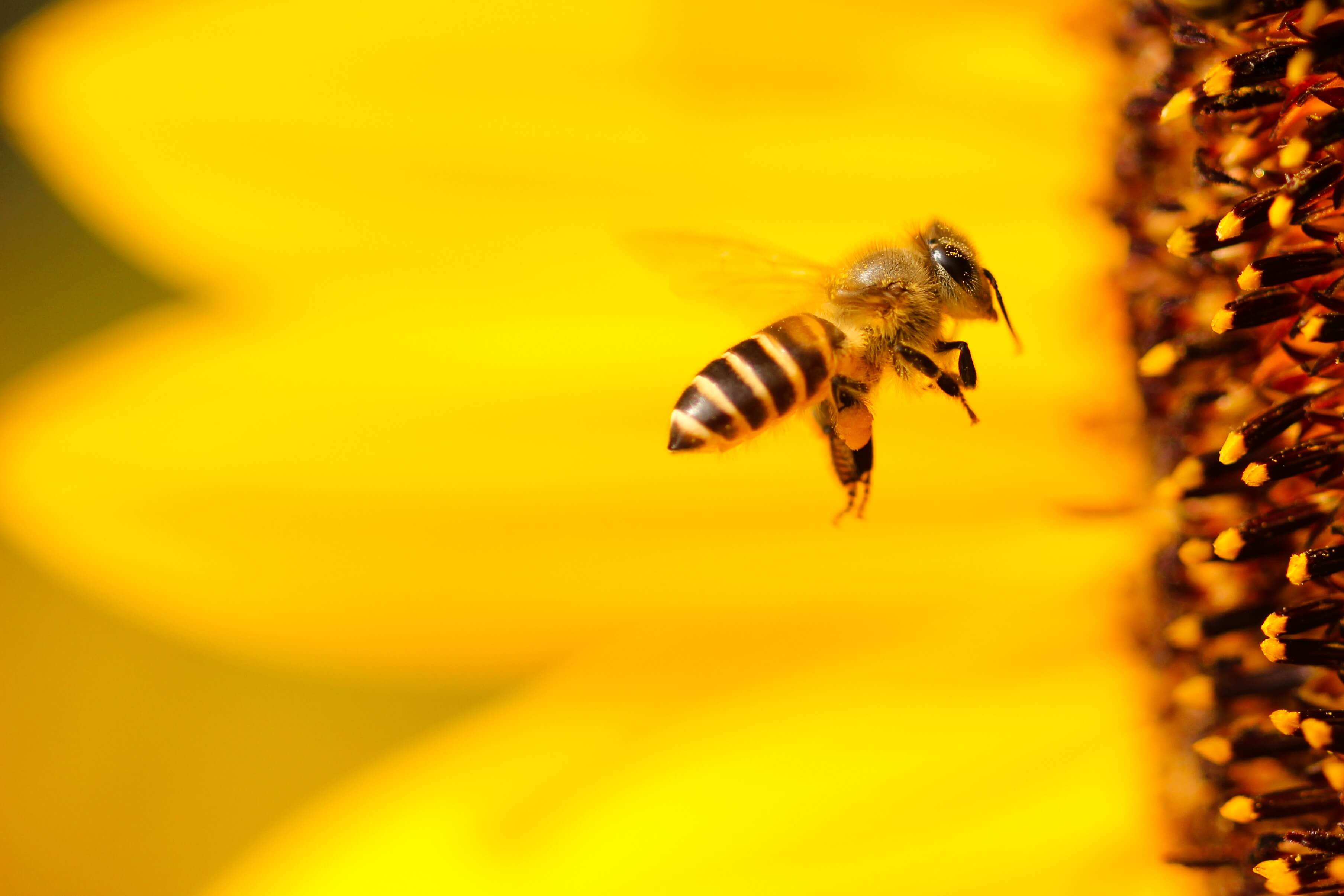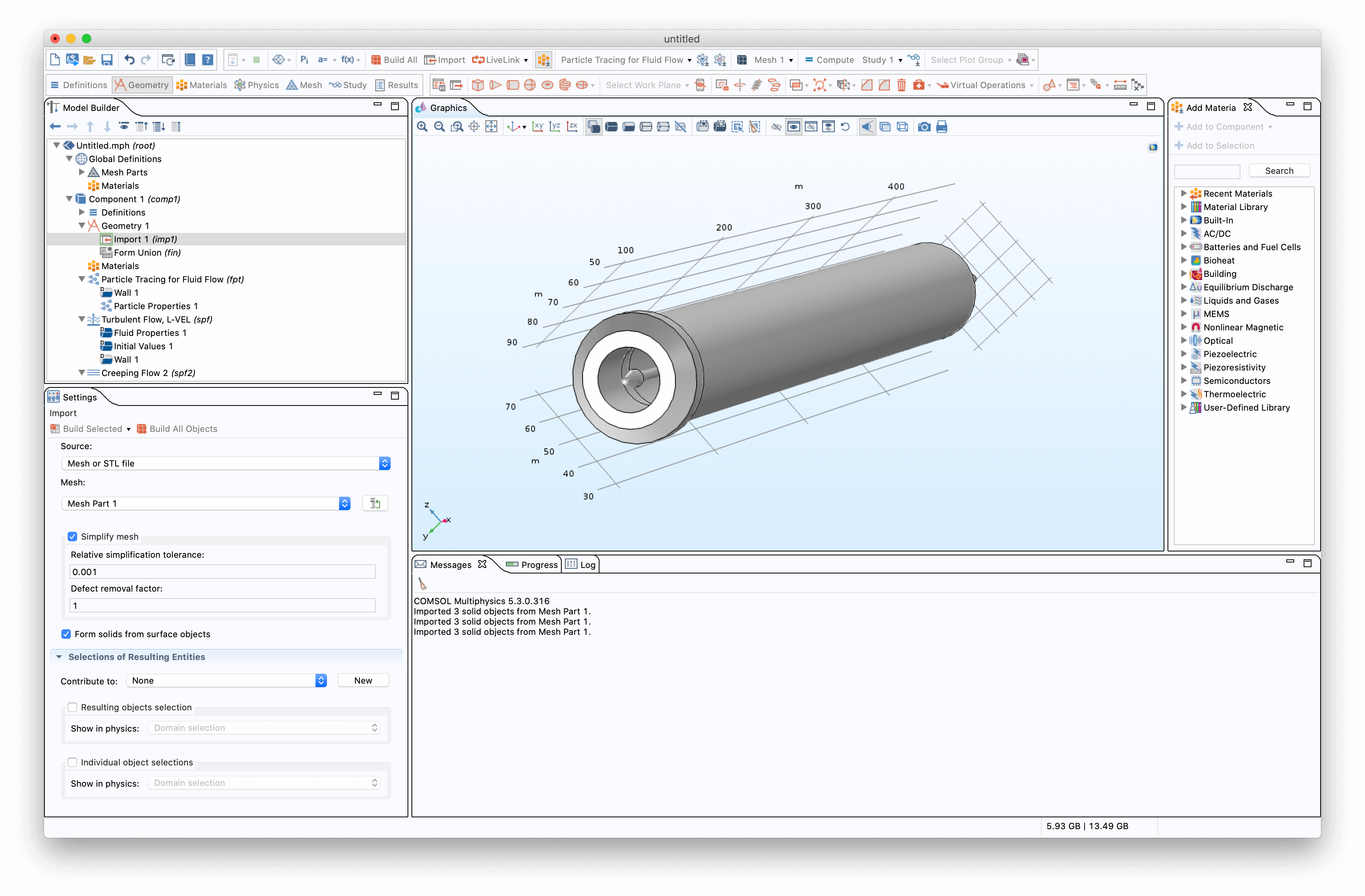Bees and Ions
Research Project #1
Firstly I would like to explain why this field is important and how my project can help others. The two main systems I will be talking about throughout this project are ion condensers (Gerdien and PIMS) and the standard bee. The two sound very different from one another but I hope I can explain my reasoning to their connection in the rest of my project.

My Motivation - Bees
Bees as we know it are going extinct at the rate we are currently at. There are many reasons as to why this is and I would like to look into one of the reasons that could potentially be driving this species off our planet. We have also only just understood how bees navigate around and how their mechano-reception helps them find nectar. I think we still have much to learn from these small workers and hopefully we can find a way to protect them from extinction.

My Motivation - Ions
Gerdien condensers are electronic instruments that measure the amount of ions in the atmosphere. A Programmable Ion Mobility Spectrometer or PIMS for short is a much more advanced instrument that is based on the same principles but has greater data collection and allows for varying conditions.
Measuring ions in the atmosphere gives us lots of data about the environment it was measured in. Some theories suggest that ions can have a positive impact on our serotonin levels and other biological actions. Ions can be measured to predict weather forecasts, monitor volcanic activity, gather atmospheric data from other planets and even determine the surface compositions of comets.
Therefore it is clear that the measuring of ions is a vital step into understanding more about our universe and will help us towards finding more habitable planets.
The Connection
Bees can behave in a way that allows them to navigate by sensing electric fields (mechano-reception). This allows them to detect which plants have already been pollinated. As bees are mostly positively charged by flying through the air they statically pick up the negative ions on the flower ands thus carry the pollen the same way.
PIMSs produce electromagnetic fields to pull ions into the condenser to detect the amount of ions in the atmosphere. However there are always interferences and so data isn’t always as accurate as we need.
Due to bees being able to sense electric fields and PIMSs creating electromagnetic fields there could be a correlation as to whether bees are interacting with the system and corrupting the measurements. This research could then be applied to many other insect pollinators and we could see a correlation between a decline in bees and an increase in electric field producing systems.

(University of Bristol) A bee approaches a flower’s electric field
Task #1 - Modelling
My first job to understand the flow of the PIMS is to model it in a computational flow software. For this happen I had to turn engineering drawings into a 3D model to then import into COMSOL. You can see the imported model below.

COMSOL is a finite element analysis solver that allows the use of conventional physics-based interfaces along with the use of partial differential equations to solve complex systems. This allows me to model not only the air flow through the PIMS but also the electric field strength of both the electrode and the bee.